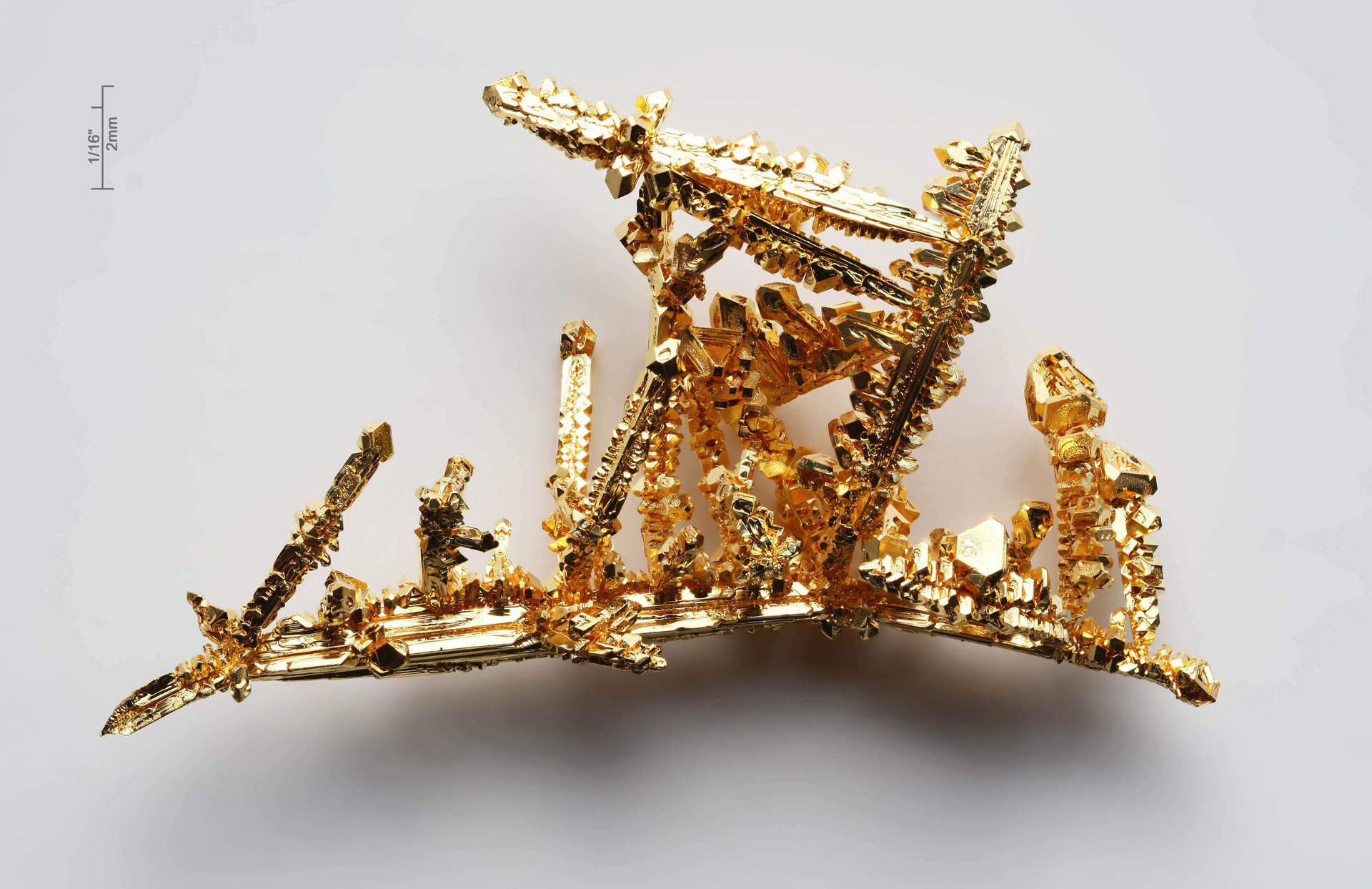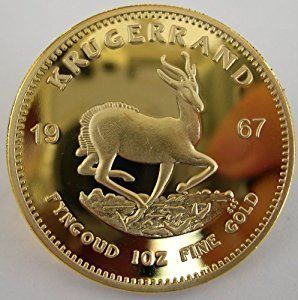

What is rolled gold plate?
Rolled gold plate is the same as "gold filled" except that the quantity of karat gold is less than 1/20th of the total weight of the finished metal part. It must be identified with a fraction mark indicating the quantity of gold. A typical legal marking might then appear as "1/40 12k R.G.P."
What is gold "gilding"
Gilding involves the application of a gold coating onto a surface without the use of an electric current. Known as one of the most ancient of metal techniques, it involves the special combination of powdered gold and mercury blended into a paste-like amalgam. The mix is carefully applied to the designated surface area. The object is then heated, allowing the mercury to "boil off" leaving the gold layer deposit. It would then be burnished to the desired finish. Large surface areas could be covered in a relatively heavy layer of fine gold. It is also a process that is not utilized much today in the U.S. due to the unacceptable health risks from exposure to mercury. It is however used in some limited fashion for metal restoration projects where electroplating is not suitable.
What does Vermeil gold mean?
Pronounced "vermay" vermeil gold is the official industry designation for a heavy gold electroplating over a base sterling silver material. A minimum thickness of 100 millionths of an inch or 2.5 microns of gold must be deposited before it can be marked or sold as Vermeil.
How is the thickness of gold plating measured?
The thickness for gold coatings and platings are often expressed in millionths of an inch, microinches, or microns. The table below will help provide a basic translation between these units of measurements.
To translate all this into real world plating thicknesses and their relationship to U.S. Gov. F.T.C. regulations, the following table expressed in microns is provided as a point of reference.
gold flash
- 10 kt gold with a minimum thickness of .175 microns.
gold electroplate
- 14 kt or higher gold layer with a minimum thickness of .175 microns.
gold plate
- 14kt or higher gold layer with a minimum thickness of .5 microns.
heavy gold plate
- 14kt or higher gold layer with a minimum thickness of 2.5 microns.
vermeil
- 14kt or higher gold layer over sterling silver with a minimum thickness of 2.5 microns.
Typically how long can I expect a gold plating to last on my watch?
As a rule the thicker the plating, the longer it will last. For watches, or writing instruments, we have plated thicknesses of up to 7.0 microns of gold. In most cases, this would exceed the original manufacturers specifications for lifetime durability. When done properly, and with normal usage, gold electroplated finishes can last literally for decades or more.
How do we measure gold plating thickness?
For applications where plating thickness is critical we periodically measure plated layers using a process called " x-ray fluorescence". This non-destructive method is very precise for measuring the actual metal deposition on an object after electroplating.
How are different shades and colours of gold plated finishes achieved?
Gold plating baths are first modified by adding other metal alloys to the mixture. The addition of copper will enable us to electroplate gold with a "rose" colour. By modifying the bath temperature, and other parameters, different tints of these colours can be achieved.
Will the final finish of a watch influence the tint and color perception after gold plating?
Yes definitely. The perceived gold colour is influenced by brightness of the surface finish. A matte finish will appear paler in colour. A shinier surface will always appear darker in colour.
This article copyright 2003 by The Time Preserve. All rights reserved. This material may not be duplicated or copied without expressed written permission. Thank-you
















